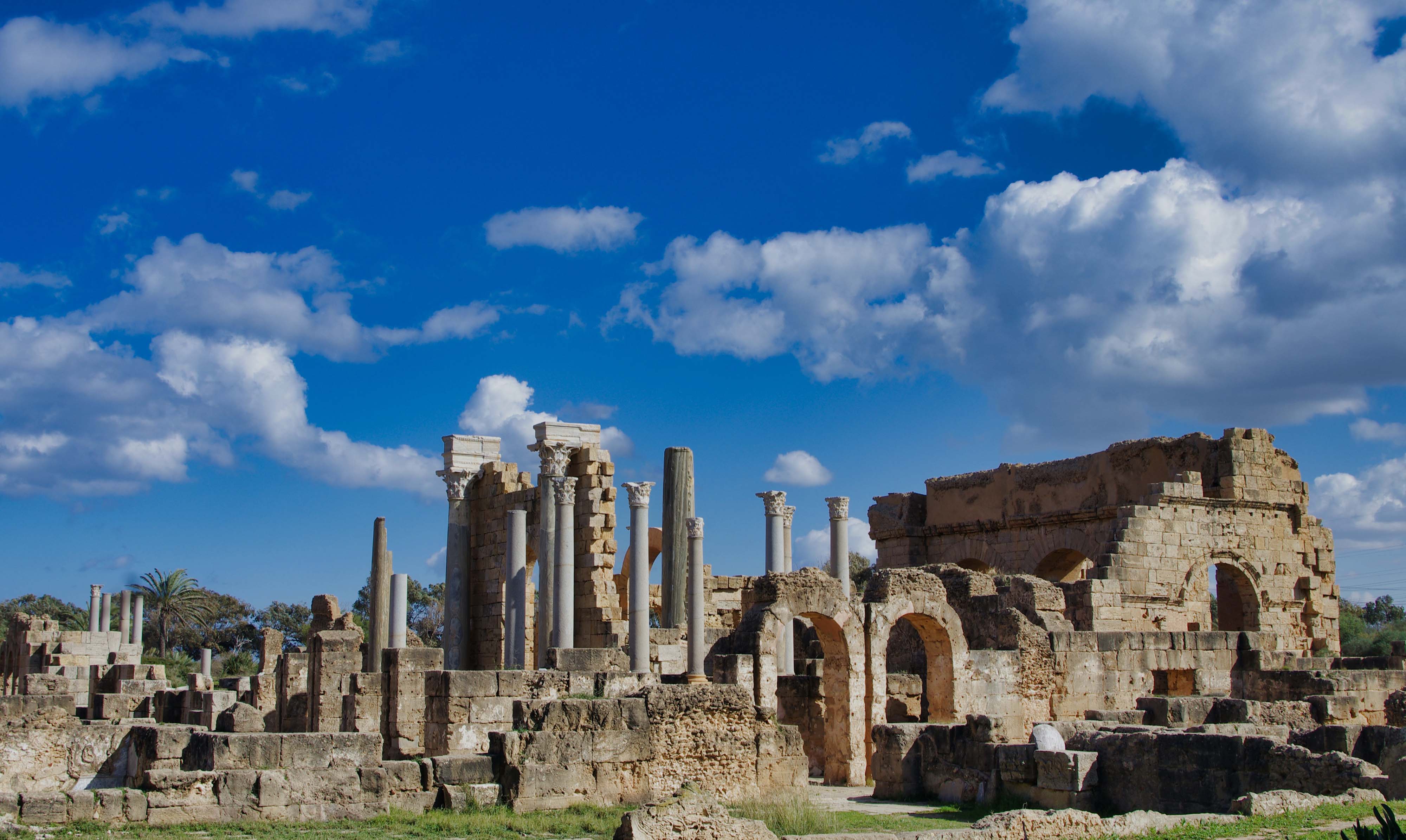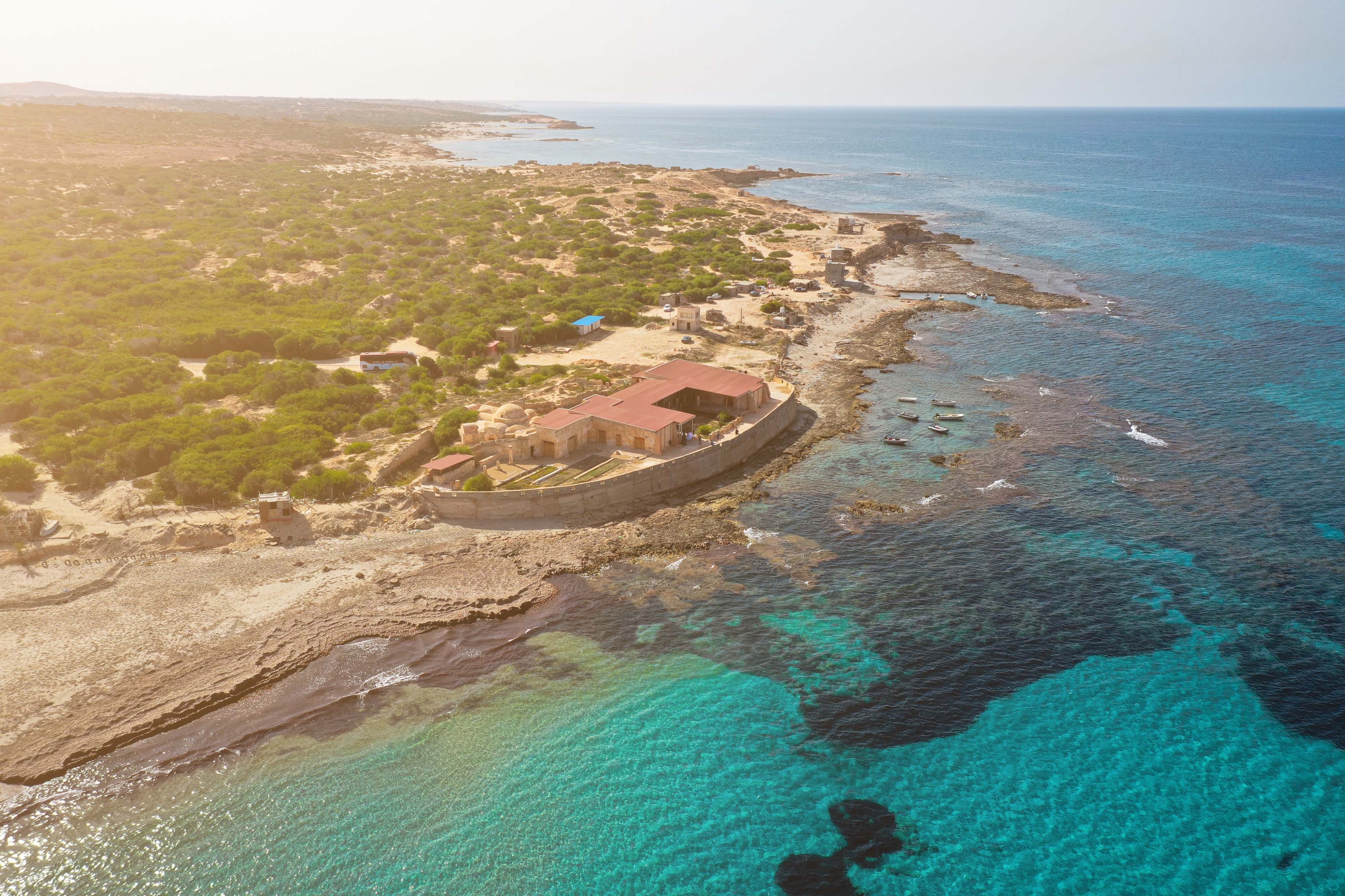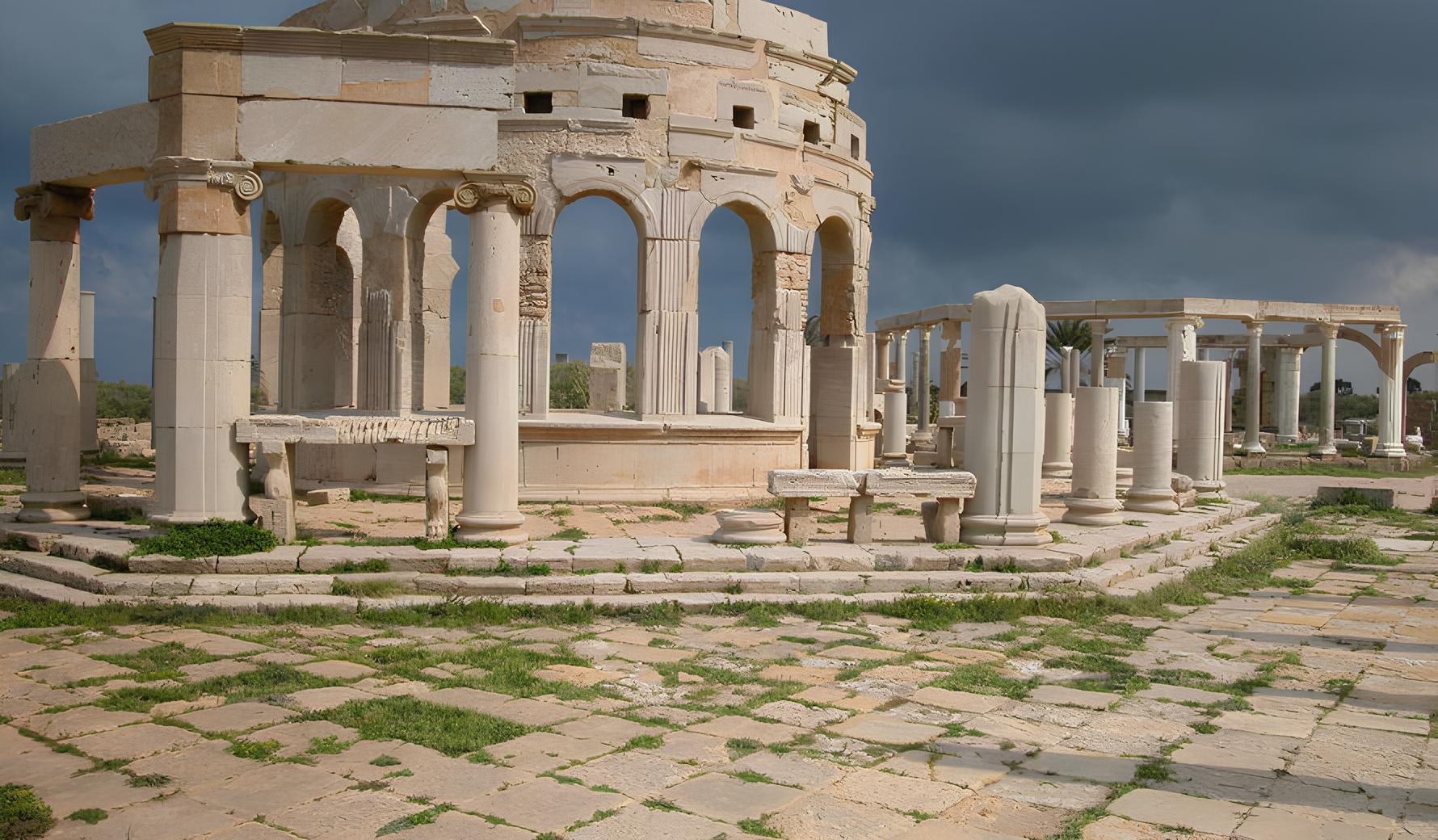Geographical location
Geographically, it is located in North Africa, specifically on the coast of the Mediterranean Sea at the mouth of Wadi Labda in the country of Libya. It is situated 120 kilometers east of the capital city, Tripoli, and three kilometers away from the city of Al Khums. The climate is moderate.
History
The city was anciently inhabited by human groups that lived in prehistoric eras on the banks of Wadi Al Ramla. It served as a natural harbor attracting many traders of Canaanite origins. The city was founded by the Phoenicians and named it Labtis Magna. In the late 7th century BCE, it was later called Labkis.
During the reign of the Roman Emperor Septimius Severus, its commercial harbor expanded, becoming one of the highly important Mediterranean basins in the region around 200 BCE. Today, the city is considered one of the most beautiful archaeological areas in the Mediterranean basin, containing many Roman antiquities.
In the early 2nd century BCE, Leptis became subject to the Numidians, between the First and Second Punic Wars. In 111 BCE, the city sent an embassy to Rome seeking friendship and alliance to rid itself of Numidian rule. In 42 BCE, Rome took control of the city, thus ending Numidian rule.
In the year 146 CE, Stemyo Severus, a nobleman from the city, rose to prominence and assumed its governance. He cared for its affairs, promoted security and education, and during the 3rd century CE, under the rule of Emperor Septimius Severus, the city became well-known for its urban development and flourished with civilization. In the 4th century CE, Leptis suffered an attack by the Austuriani, causing damage to the city. In 533 CE, the city was occupied by the Byzantines, and in 643 CE, the Arabs arrived, marking the beginning of the Islamic conquests.
Tourism
Among the most important tourist, historical, and archaeological landmarks in the city
-
The Arch of Septimius Severus
-
The sports arena built by Emperor Hadrian and renovated during the reign of Emperor Septimius Severus.
-
Theater of Leptis overlooking the seaside.
-
The Greater Leptis Beach


